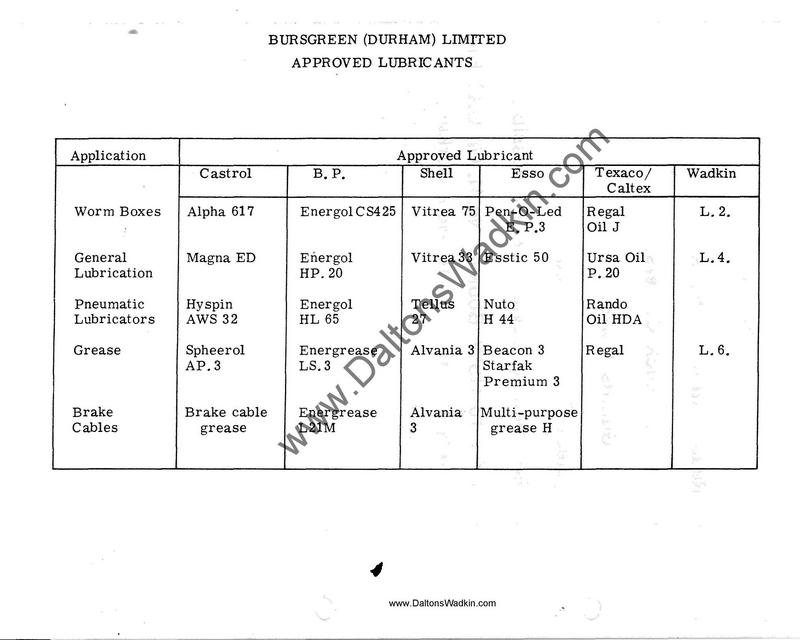Clee_to_Clee
Established Member
I've just bought a Wadkin 12" BAOS planer thicknesser on ebay, I already have an old wadkin bandsaw and had read, probably on here people saying how good the planer was and decided that was exactly what I was after.
I had a brief look at it as we loaded it onto the truck and it looked great, but as soon as we got it back to the shop I noticed the kickback teeth were nowhere to be seen, is it normal for those units to have been removed?
The person who sold it seemed in our conversations to be very knowledgeable about machines and said it was in good condition and didnt mention they were missing.
Ive only used machines with them fitted so is it safe to use?
Should I not be worried about it?
Its already cost me £160 to go and pick up the machine so and I dont really have money to water up the wall returning it, but a replacement unit would cost me £800
I spent time yesterday cleaning/greasing etc and it looks great, some opinions and advice would be greatly appreciated!!
I had a brief look at it as we loaded it onto the truck and it looked great, but as soon as we got it back to the shop I noticed the kickback teeth were nowhere to be seen, is it normal for those units to have been removed?
The person who sold it seemed in our conversations to be very knowledgeable about machines and said it was in good condition and didnt mention they were missing.
Ive only used machines with them fitted so is it safe to use?
Should I not be worried about it?
Its already cost me £160 to go and pick up the machine so and I dont really have money to water up the wall returning it, but a replacement unit would cost me £800
I spent time yesterday cleaning/greasing etc and it looks great, some opinions and advice would be greatly appreciated!!





